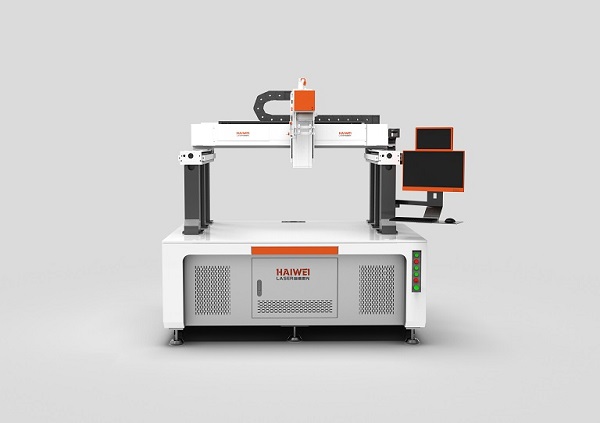Lithium Battery Laser Welding Machine: A Practical Solution for Modern Battery Production
As demand for new energy lithium batteries grows in electric vehicles, energy storage, and portable electronics, manufacturers need reliable, high-precision joining methods. The lithium battery laser welding machine has become a standard tool in battery cell and module assembly, offering consistent results and compatibility with automated production lines.

Why Laser Welding Fits Battery Manufacturing
Battery components—such as electrode tabs, busbars, and cell casings—are typically made from thin aluminum or copper sheets. These materials require precise heat control to avoid warping or internal damage. A lithium battery laser welding machine delivers focused energy with minimal heat spread, ensuring strong, clean welds without penetrating or deforming the sensitive cell body.
This precision is especially important in sealing battery tops or connecting parallel tabs, where leaks or weak joints can lead to performance issues or safety risks.
Integration into Automated Workflows
Most modern lithium battery laser welding machines are designed for integration with conveyor systems, robotic handling, and inline inspection. They support high-speed welding with repeatable parameters, allowing manufacturers to maintain consistent quality across large production runs. Systems often include real-time monitoring, such as weld seam tracking or power feedback, to detect anomalies early.
Material and Design Flexibility
These machines handle various battery formats—cylindrical, prismatic, and pouch cells—and work well with coated or uncoated surfaces. With adjustable pulse settings and beam modes, operators can fine-tune results for different thicknesses and joint types, including lap, butt, and fillet welds.
What Buyers Should Consider
When selecting a system, focus on beam quality, system stability, ease of maintenance, and technical support. Look for machines with clear safety enclosures and compatibility with factory data systems for traceability.
Haiwei Laser offers lithium battery laser welding machines built for durability and smooth integration into real-world battery production environments, supporting long-term reliability in new energy lithium battery manufacturing.
Recent Posts
- What are the advantages of laser welding machines in lithium battery pack production lines?
- What issues should be noted when choosing a lithium battery pack production line?
- Quality Inspection and Control of Lithium Battery Module Pack Production Line
- Cell grouping and sorting process in lithium battery module pack production line
- What are the safety hazards of lithium battery pack production lines and how can they be prevented?
INQUIRY

